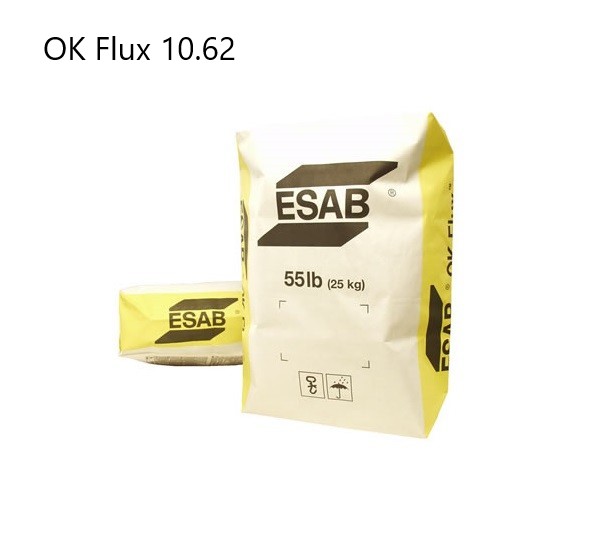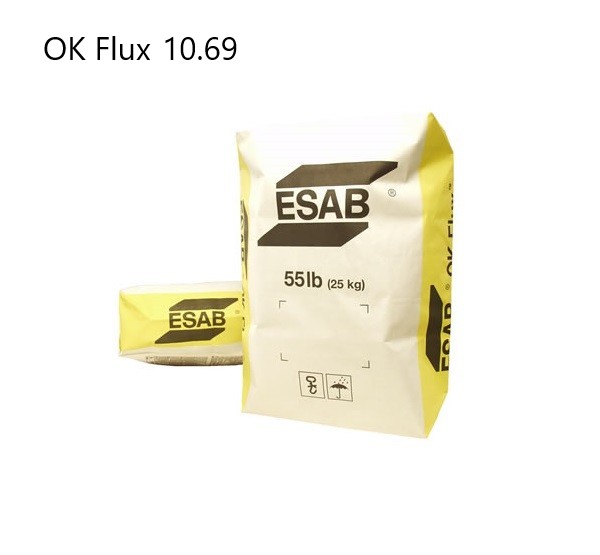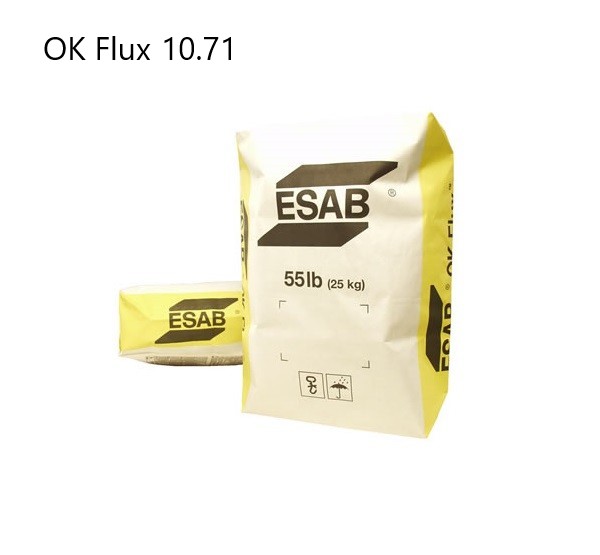
Cover powder
Covered arc welding (SAW) In covered arc welding, an arc is created between the workpiece and the end of the welding electrode, while both are covered by a layer of granular dust (hence a 'covered' arc). The arch is thus hidden. Some of the powder melts to form a protective slag layer for the welding flux. The remainder is collected for recycling.
Covered arc welding is mostly done with fully automatic equipment, but there are also hand-held welding guns for the process. In order to increase productivity, several electrode arrangements can be introduced. Due to its high melting performance, it is particularly suitable for high-quality, long, straight welding in a horizontal position. It is widely used in pressure vessels, chemical plants, heavy structures, repair and shipbuilding industries.
The electric arc burns under a layer of cover powder, which is fed into the seam by a funnel feeder. A bare wire with a special composition is used as an electrode. Unused coating powder is sucked back into the tank. The automatically operating welding equipment also includes the welding cart, the so-called tractor. During automatic welding, the wire advance and the longitudinal movement of the tractor are mechanized.
Copper-coated cold drawn wires are most often used for cover welding. The silicon required for the metallurgical safety of the seam is provided by the coating powder.
The coating powder used for welding has similar tasks as the coatings of coated electrodes. The cover powder physically protects the scar bath from the influence of the atmosphere, slows down the hardening and cooling of the seam. Metallurgically, it works through the alloying properties of the powder, while preventing or compensating for the burnout loss of important elements. Covering powders are artificially bulked silicates, they can actually be considered glass. Regarding the production of powders, they can be dry or wet granulated powders, sintered or agglomerated powders.



